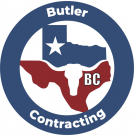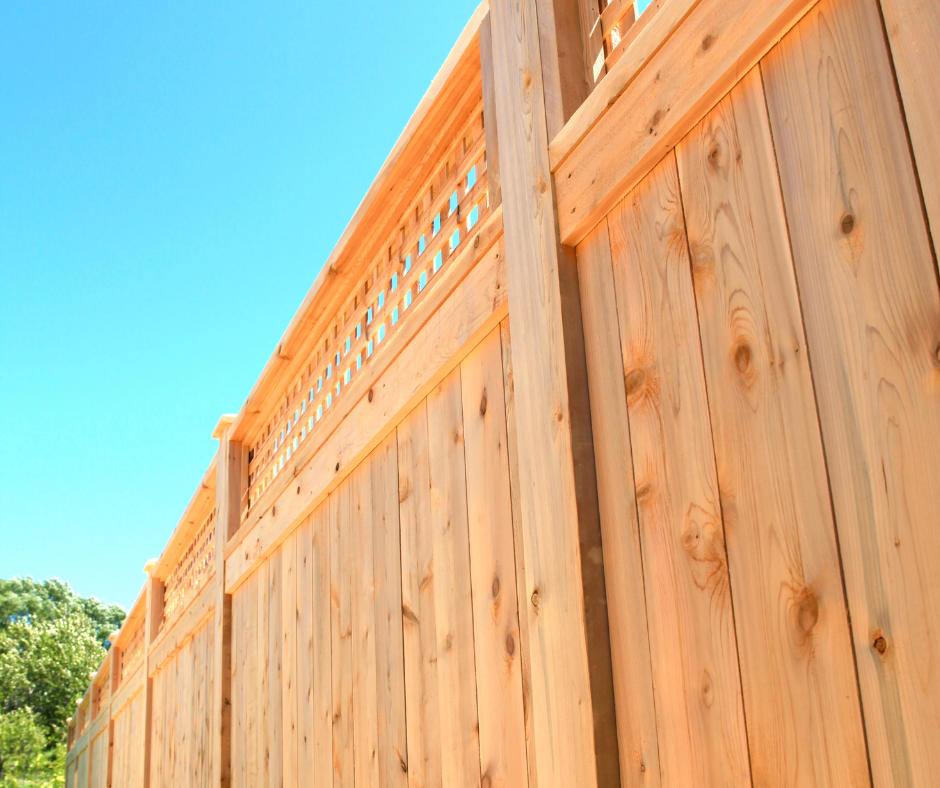One of the most commonly asked questions that we get is, “Should I use treated or cedar wood for my fence pickets?” Both choices have their merits and we’ll explain everything you need to know to make an educated decision that’s best for you.
Picket thickness
Whether it’s treated or cedar, the thickness of the picket will affect the overall durability of your pickets and the likelihood of needing to replace them. Cedar pickets usually come in a standard ¾” thickness, but some big box stores only sell the cedar pickets in ⅝”. For cedar the ¾” thickness is a nice size for longevity, but when it comes to treated wood, most big box suppliers don’t carry treated pickets in ¾” size. They most often have treated pickets in ⅝”. The smaller ⅝” option is more prone to bending and warping with daily and seasonal weather changes. If you can manage to find a treated ¾” size, it might cost you a little more than the ⅝” pickets, but they will be the better investment in the long run as they’ll be less likely to bow and warp.
Treated Wood
Treated wood is wood that is treated with preservative chemicals for the purpose of prolonging its usefulness for the intended application. Most of the treated wooden pickets that we use are locally sourced from East Texas, which means they’re already acclimated to the Texas heat and humidity. Because of this, they tend to warp less and hold up well over time. Many big box suppliers source their lumber from other regions where the Texas climate greatly affects the wood once it dries out. Treated pickets come from the supplier wet, and when we install them, there’s still a little moisture that will dry over time. The hot sun helps to dry the pickets, but the severity of the change in temperature and dryness as well as standing the boards vertically on the fence to face gravity, can cause some buckling and shifting of the pickets. For a large fence project, usually, only a few boards will be noticeably warped and need to be replaced. If this happens, it is covered by our 2-Year Warranty.
Cedar Pickets
Cedar is a great hardwood that has exceptional longevity in the wood itself and most enjoy its natural vibrant appearance. However, that nice reddish color turns to a silvery gray color over time. It’s very important to stain cedar fences to protect them and preserve their color. When we remove cedar fences, a very common issue that we see is rot due to the wood’s propensity to suck up moisture. If a cedar fence is not stained and properly sealed regularly, carpenter ants and other insects move in and start eating away at the wood. If you’re going to put in a cedar picket fence, we highly recommend that you get it stained within the first few months of installation. Staining with a deep penetrating oil-based stain is crucial for extending the life expectancy of cedar. It’s going to seal the wood and protect your investment for the long term. These issues are something you’re much less likely to see with treated wood. In comparison, you can leave treated pickets for a lot longer without having to stain them. However, we recommend staining treated pickets within the first year of installation. Though cedar is a very long-lasting and durable wood, it’s going to require staining more often and be a little more expensive, but it has a very nice appearance and will be less likely to warp and bend in the sun.
Fence Estimator Tool
Use our Fence Estimator Tool to let us know the details of the fencing project you’re thinking about. We’d love to put in a fence for you and help you make all those tough decisions like choosing treated wood pickets or cedar pickets.



